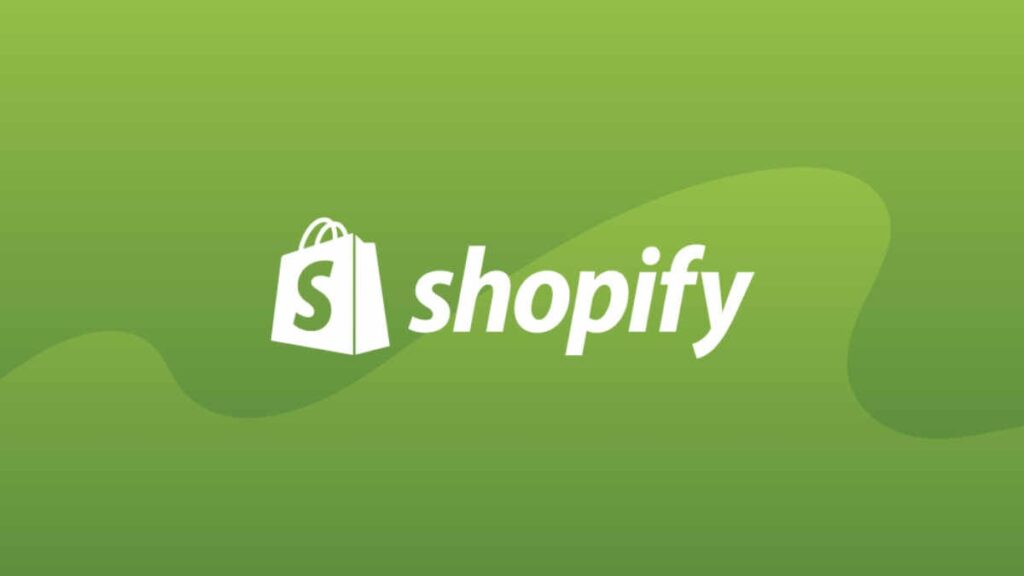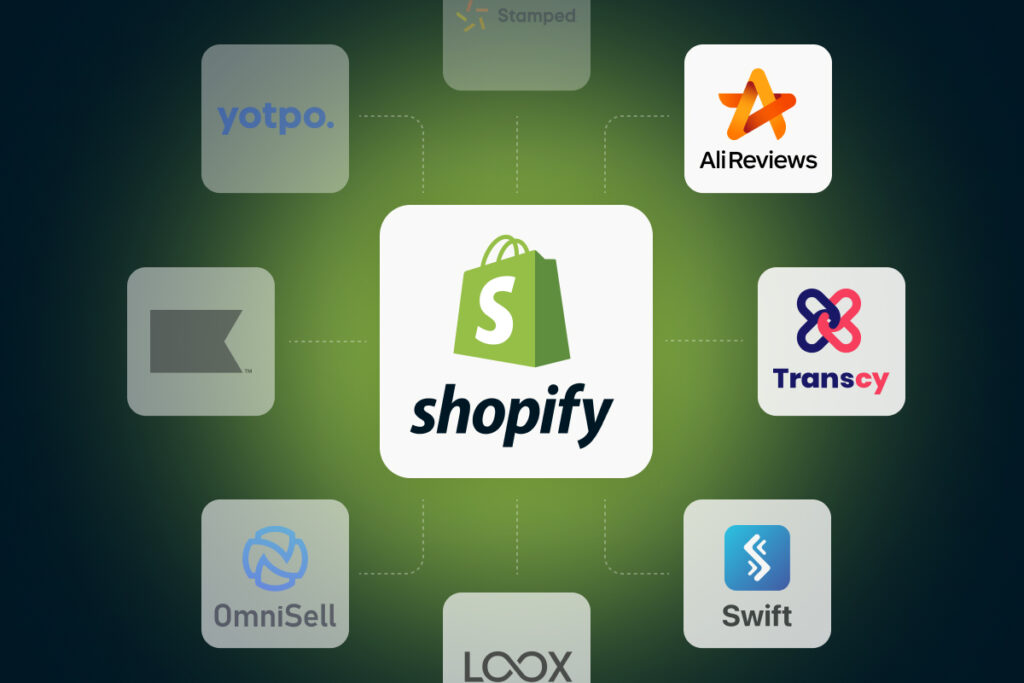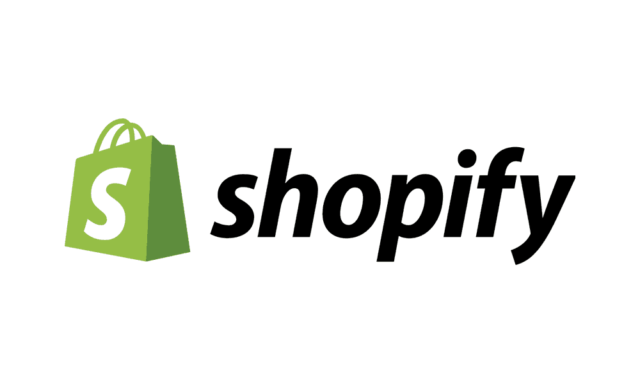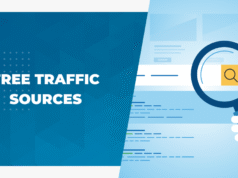Introduction
Shopify is a cloud-based e-commerce platform that allows users to create an online store without needing advanced technical skills. Founded in 2006, it has grown into one of the largest global platforms, powering over 4 million businesses worldwide.
Shopify enables businesses to:
- Build an online storefront
- Manage inventory and shipping
- Accept payments securely
- Integrate marketing and analytics tools
It’s especially known for its ease of use, scalability, and strong customer support, which make it an ideal option for both beginners and experienced merchants.
Positive Side of Shopify (Advantages)
Shopify’s success comes from the way it simplifies online business operations. Here are the major benefits that attract entrepreneurs and business owners:

A. Easy Setup and User-Friendly Interface
One of Shopify’s biggest strengths is its simplicity. Anyone can create an online store in just a few hours without coding knowledge.
- It offers a drag-and-drop builder for easy customization.
- Pre-made themes and templates make store design quick.
- A clear and clean dashboard simplifies managing products, orders, and payments.
This accessibility helps non-technical business owners start their online journey without hiring web developers.
B. Excellent Customer Support
Shopify provides 24/7 customer support through chat, email, and phone.
Additionally, there’s a vast community of Shopify experts, blogs, and discussion forums to help resolve issues.
For business owners, quick support means less downtime and more focus on sales and marketing.
Read Also: Best 6 CRM Software Reviews in 2025. QuickBooks: A Comprehensive Review and Detailed Guide
C. Professional Themes and Mobile Responsiveness
In today’s mobile-driven world, Shopify ensures that all its themes are mobile-friendly.
- Every Shopify theme automatically adjusts to smartphones and tablets.
- Businesses can choose from over 100 customizable themes, both free and premium.
- Shopify’s visual appeal helps create trust and brand identity for customers.
A good-looking, mobile-optimized store increases conversions and customer satisfaction.
D. Secure and Reliable Platform
Security is critical for online transactions. Shopify includes SSL certification, PCI compliance, and automatic updates, ensuring that stores stay safe from hackers and data leaks.
It also guarantees 99.9% uptime, so businesses don’t lose revenue due to website downtime.
For entrepreneurs, this means peace of mind and a reliable online presence.
E. Built-in Payment Solutions
Shopify offers Shopify Payments, a built-in gateway that supports all major credit and debit cards.
- No need for third-party integration.
- Transparent transaction fees.
- Supports international payments in multiple currencies.
This helps merchants sell globally and manage financial transactions seamlessly.
F. Strong App Ecosystem
Shopify’s App Store offers thousands of apps to enhance business functions like:

- Email marketing (Klaviyo, Omnisend)
- SEO optimization (Plug in SEO)
- Inventory management
- Shipping and logistics
- Social media integration
This flexibility allows business owners to customize their stores according to their goals and scale easily as their brand grows.
G. Multi-Channel Selling
Shopify lets you sell products not just on your website, but also across multiple platforms:
- Facebook & Instagram Shops
- Amazon
- eBay
- TikTok
This multi-channel integration helps businesses reach wider audiences and maximize revenue streams.
H. Scalability and Growth Opportunities
Shopify is ideal for small startups that want to scale later.
With advanced plans like Shopify Plus, larger enterprises can manage higher traffic, multiple stores, and global operations efficiently.
It offers:
- Advanced analytics
- Automation tools
- Bulk import/export options
- Multi-location inventory management
As a result, businesses can grow from local to international markets without changing platforms.
Negative Side of Shopify (Disadvantages)
While Shopify offers several advantages, there are also limitations and challenges that business owners should consider before investing.
A. Monthly Subscription Cost
Shopify operates on a subscription-based model, which can be expensive for small businesses.
Plans start from around $39/month (Basic) and can go up to $399/month (Advanced), excluding app subscriptions and themes.
Moreover, third-party apps often require additional monthly payments.
For startups with limited budgets, these recurring costs can quickly add up.
Also Read: What is Pipedrive CMS Software Used For?
B. Transaction Fees
Unless you use Shopify Payments, Shopify charges extra transaction fees (up to 2%) for each sale through third-party gateways like PayPal or Stripe.
This can cut into profits — especially for businesses with high sales volumes or thin margins.
C. Limited Customization Without Coding
While Shopify’s themes are attractive, deep customization often requires knowledge of Liquid, Shopify’s coding language.

Businesses that want a unique design or complex functionality may need to hire developers, increasing costs.
This can be a barrier for entrepreneurs who want more creative freedom.
D. App Dependency
Although Shopify’s App Store is a strength, it’s also a weakness because many important features are not built-in.
To extend functionality, merchants often rely on multiple third-party apps, which:
- Increase monthly expenses
- Can cause compatibility issues
- Sometimes slow down website performance
A heavily app-dependent store may face maintenance and technical challenges.
E. Limited Blogging and Content Tools
Shopify’s blogging features are basic compared to platforms like WordPress.
For businesses relying heavily on content marketing and SEO, this limitation can affect organic growth and engagement.
You can still create blogs, but the tools are minimal — lacking advanced features like rich formatting, keyword insights, or plugins for optimization.
F. SEO Limitations
Although Shopify supports SEO fundamentals (titles, meta descriptions, URLs), it restricts full control over certain technical SEO aspects like:
- URL structure (especially with “/collections/” and “/products/”)
- Custom sitemap editing
- Limited control over redirects
For businesses targeting high-level SEO performance, this can be a drawback.
G. No Free Plan for Long-Term Use
Unlike some competitors (like Wix or Ecwid), Shopify doesn’t offer a free plan beyond a short trial period.
After the trial, businesses must choose a paid plan to keep their store active.
This might discourage small sellers or new entrepreneurs who want to experiment before investing.
H. Learning Curve for Advanced Features
Although Shopify is beginner-friendly, mastering its advanced tools like automation, reporting, and multi-channel integrations requires time and effort.
For business owners without a technical background, this can be a challenge.
Shopify vs Other Platforms
Here’s a quick comparison of Shopify with some popular competitors:
| Feature | Shopify | WooCommerce | Wix | BigCommerce |
|---|---|---|---|---|
| Ease of Use | Very easy | Moderate (requires WordPress) | Easy | Moderate |
| Hosting Included | Yes | No | Yes | Yes |
| Customization | Medium | High | Medium | High |
| Apps/Plugins | 8,000+ | 55,000+ | Limited | 1,000+ |
| Cost | Subscription-based | Free (plus hosting) | Subscription-based | Subscription-based |
| Best For | Beginners & SMEs | Experienced users | Small stores | Large enterprises |
Shopify stands out for its ease of setup and reliability, but loses points in cost and flexibility compared to WooCommerce.
Who Should Use Shopify?
Shopify is ideal for:
- Small and medium-sized businesses looking for an all-in-one solution.
- Entrepreneurs who want to start an online store quickly.
- Brick-and-mortar stores that want to expand online.
- Dropshippers using integrations like Oberlo or DSers.
- Global sellers who want to accept multiple currencies.
However, it may not be the best fit for:
- Businesses that need deep customization or unique designs.
- Startups on tight budgets.
- Bloggers or publishers focusing mainly on content marketing.
The Future of Shopify (2025 and Beyond)
Shopify continues to evolve, focusing on AI-driven tools, faster checkout experiences, and better analytics.
Recent innovations include:
- Shopify Magic (AI tools) to help generate product descriptions and blogs.
- Shop Pay Installments, making purchases more flexible.
- Enhanced automation for inventory and order management.
In the future, Shopify aims to make e-commerce even more intelligent, automated, and global, offering solutions that adapt to different business sizes and industries.
Final Verdict: Is Shopify Worth It?
In short — Yes, Shopify is worth it for most business owners, especially those seeking a hassle-free way to sell online.
✅ Positives:
- Easy to use and highly reliable
- Excellent security and uptime
- Great themes and apps
- Scalable for all business sizes
❌ Negatives:
- Higher ongoing costs
- Limited customization
- SEO and blogging restrictions
For entrepreneurs who value simplicity, reliability, and growth, Shopify is one of the best e-commerce solutions in 2025.
But for those who prioritize complete control and flexibility, open-source alternatives like WooCommerce might be more suitable.
Summary Table: Shopify Positive & Negative Report
| Category | Positive Factors | Negative Factors |
|---|---|---|
| Ease of Use | Simple interface, no coding needed | Limited deep customization |
| Cost | Multiple plans for all sizes | Expensive monthly fees |
| Security | SSL & PCI compliant | None |
| Design | Modern, mobile-friendly themes | Few free themes |
| Apps | Huge app marketplace | Many require paid subscriptions |
| Support | 24/7 global support | Depends on plan for priority |
| Performance | Fast, stable hosting | App overload may slow site |
| SEO/Content | Basic tools provided | Lacks advanced features |
Conclusion
Shopify remains one of the most trusted e-commerce platforms in the world because it balances simplicity, performance, and scalability.
For business owners, it’s a powerful way to start and grow an online presence without technical barriers.
However, understanding both its strengths and weaknesses helps entrepreneurs make informed decisions that match their goals, budget, and vision.








